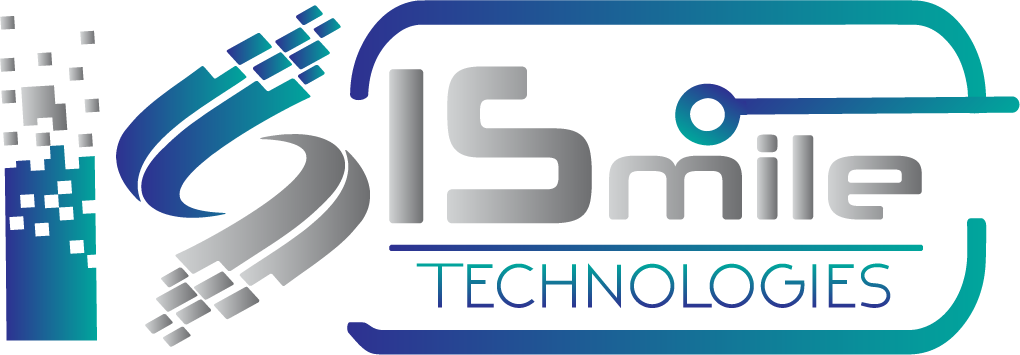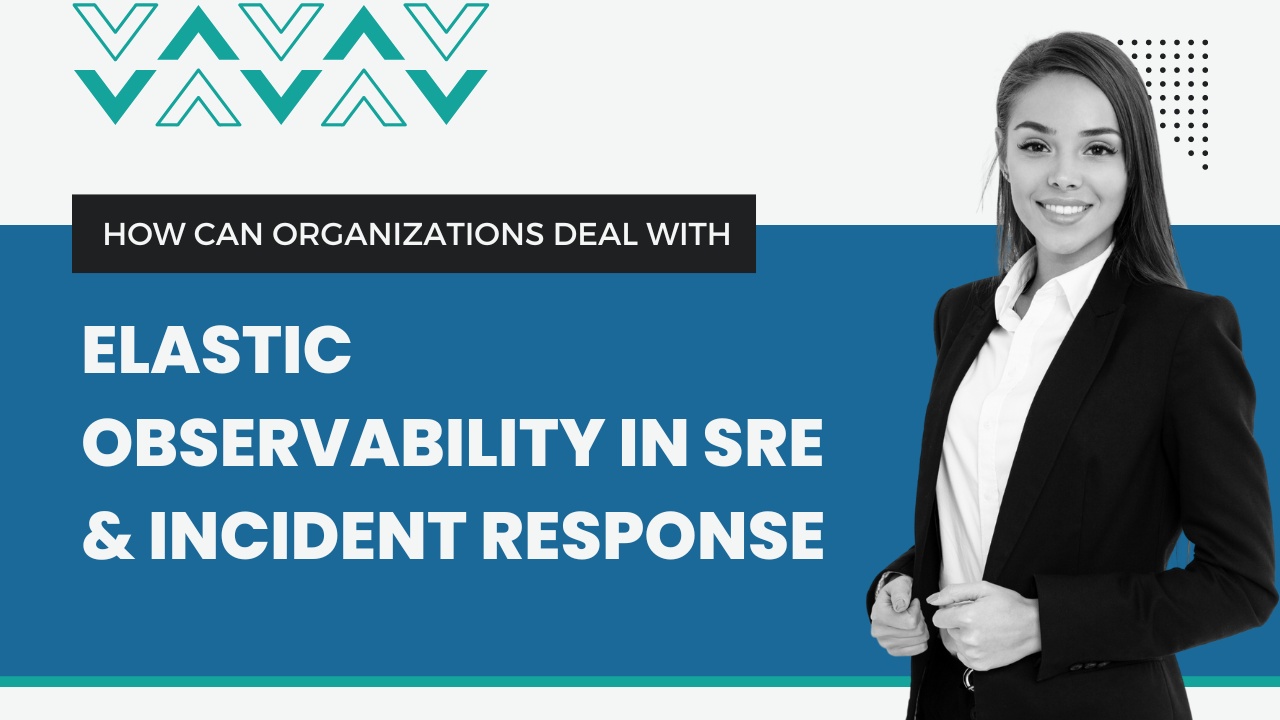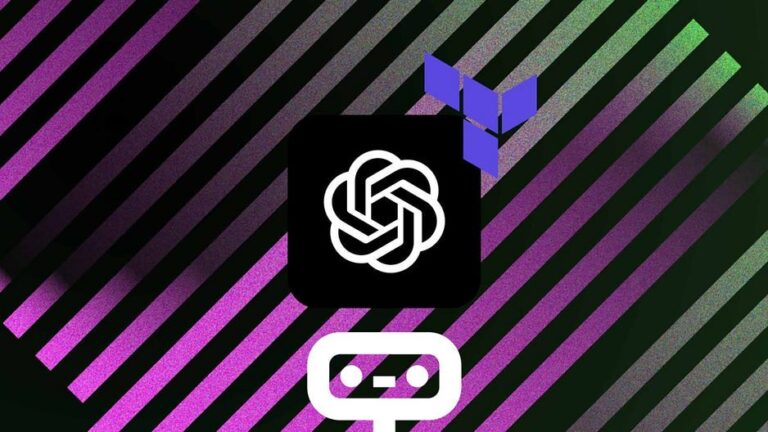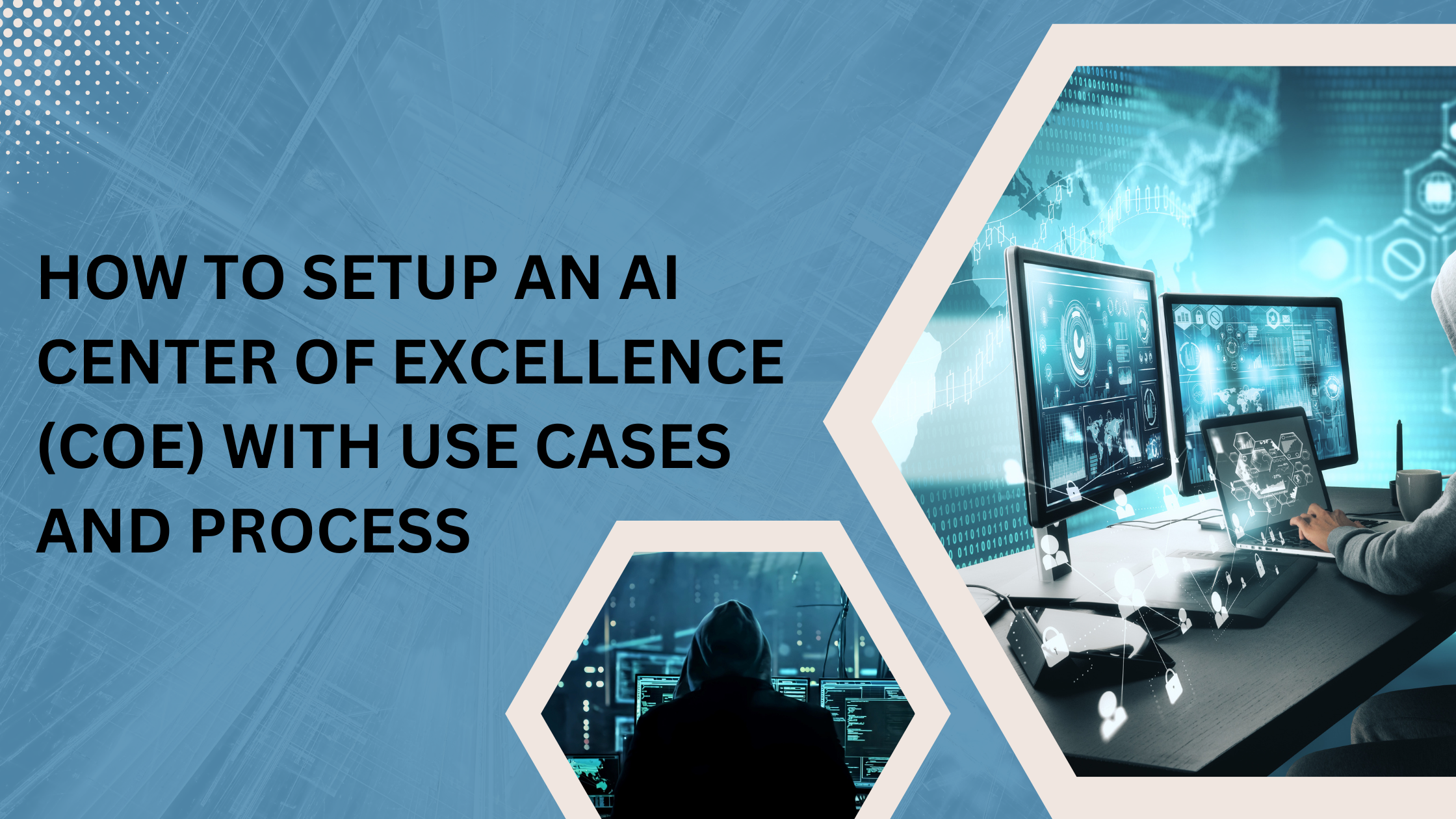A software service’s performance expectations are ensured with the help of Site Reliability Engineering (SRE). In short, the reliability of the service is ensured by the SRE. This concept is as old as “software as a service” itself. The term “site reliability engineering” was coined by the engineers at Google. Service level objectives using indicators like availability, latency, quality, and saturation are achieved by the site reliability engineers. These variables directly influence the user experience of a service.
A satisfactory service helps in generating revenue, and efficient operations control costs. SREs have two jobs- incident response management to protect service reliability and instituting solutions using which the dev & ops team can optimize service reliability. In the context of the SRE, the incident response can be defined as an effort to bring a deployment back from an undesired state to the desired state. Elastic observability helps drive the incident response lifecycle with monitoring, alerting, observability, and search.
Observability & Data
To resolve an issue, it’s essential to observe it. For incident response, it’s important to provide visibility into the entire stack of the affected deployment over time. But distributed services, even for a single logical event, are complex. Each stack component, for everything downstream, is a potential source of degradation or failure. At the time of the resolution, the incident responders must consider, if not control & reproduce, each component’s state. Complexity leads to a loss of productivity. It’s only possible to resolve an incident within the limits of the strict SLAs if you have a single place to state & observe everything over time.
Monitoring, Alerting and Action
The incident response lifecycle is automated by Elastic Observability by monitoring, discovering, and alerting on the important SLIs & SLOs. The solution covers four monitoring areas: APM, Uptime, Metrics, and Logs. The availability is monitored by Uptime by sending external heartbeats to the service endpoints. The APM monitors latency & quality by capturing & measuring events directly from within the application. The Metrics monitor saturation by measuring infrastructure resource utilization. The Logs monitor correctness by capturing messages from systems & services. Once you are aware of your SLIs & SLOs, you can define them as alerts & actions to provide the correct data to the right people whenever an SLO is breached.
Ready to experience the full power of cloud technology?
Our cloud experts will speed up cloud deployment, and make your business more efficient.
Investigation & Search
What will happen if you will page the on-call team with an alert? The path to resolution may vary by the incident, but a few things are certain. There will be people with varied skills working under pressure to resolve an unclear problem quickly & correctly while dealing with a lot of data. They will have to find the reported symptoms, replicate the issues, investigate the root cause, provide a solution, and see if the issue is resolved. They might have to make a few attempts. Information droves the incident response from uncertainty to resolution.
There are so many success stories to prove the value of elastic observability. One example is an American telecommunication conglomerate. In 2019, nearly 70% of its USD 130 Billion revenue came from its wireless segment. An infrastructure operations team at the company stated that by replacing their legacy monitoring solution with elastic, they reduced the MTTR from 20-30 mins to 2-3 mins which translates to providing excellent customer service. Service reliability, incident response, and Elastic stack are fundamental to the competitive positioning of this business and others who want to deliver a reliable service.
ISmile Technologies’ SRE services ensure high reliability, uptime, and availability. We incorporate the RED (request rate, error rate, duration) and USE (utilization, saturation, error rate) methods in our SRE implementation to eliminate the gap between service delivery & user experience. Schedule a call for a free assessment.








